The Outdoor Writers Association of America, now in its 95th year, is one of the oldest professional communications organizations in North America. Each year, it recognizes top stories in a variety of media— including blogs—through its Excellence in Craft (EIC) Awards.
This year, stories by Cool Green Science staff writers won 8 EIC awards.
We are honored to once again be recognized by OWAA. We hope that you enjoy this selection of the winning entries, with stories on everything from the love lives of bowerbirds to whitefish conservation, from glow-in-the-dark mammals to fishing in mountain hotspots full of freak invasives.
-
50 Fish, 50 States: Freaks in the Hot Springs
1st Place | Fishing

Giraffe cichlid. Caught in a lake in the Utah desert. © Matthew L. Miller Matt Miller is drawn to wilderness hot springs, but not for the reason you think. Here’s not here for the soak. Here’s here for the fish.
On this fishing adventure, Miller visits a 10-acre lake in the middle of the Utah desert. Though it’s known as a trophy largemouth bass fishery, this lake is also home to freaks: tropical fish thousands of miles from their native range.
These fish are as much an artifact of human misbehavior as the discarded beer cans you often find at such places. People get tired of pets. They set them free. This is why parrots fly around Los Angeles, pythons gobble up Everglades wildlife and stray cats stalk your bird feeder. Fish may be less obvious, but look in the warm water, and you’ll see discarded pets.
They shouldn’t be there. But still, Miller seeks them out with his fishing rod, on a treasure hunt for weird fish. What will he find in the warm spring? And what story does it tell?
-
When Mammals Glow in the Dark
2nd Place | Conservation & Nature
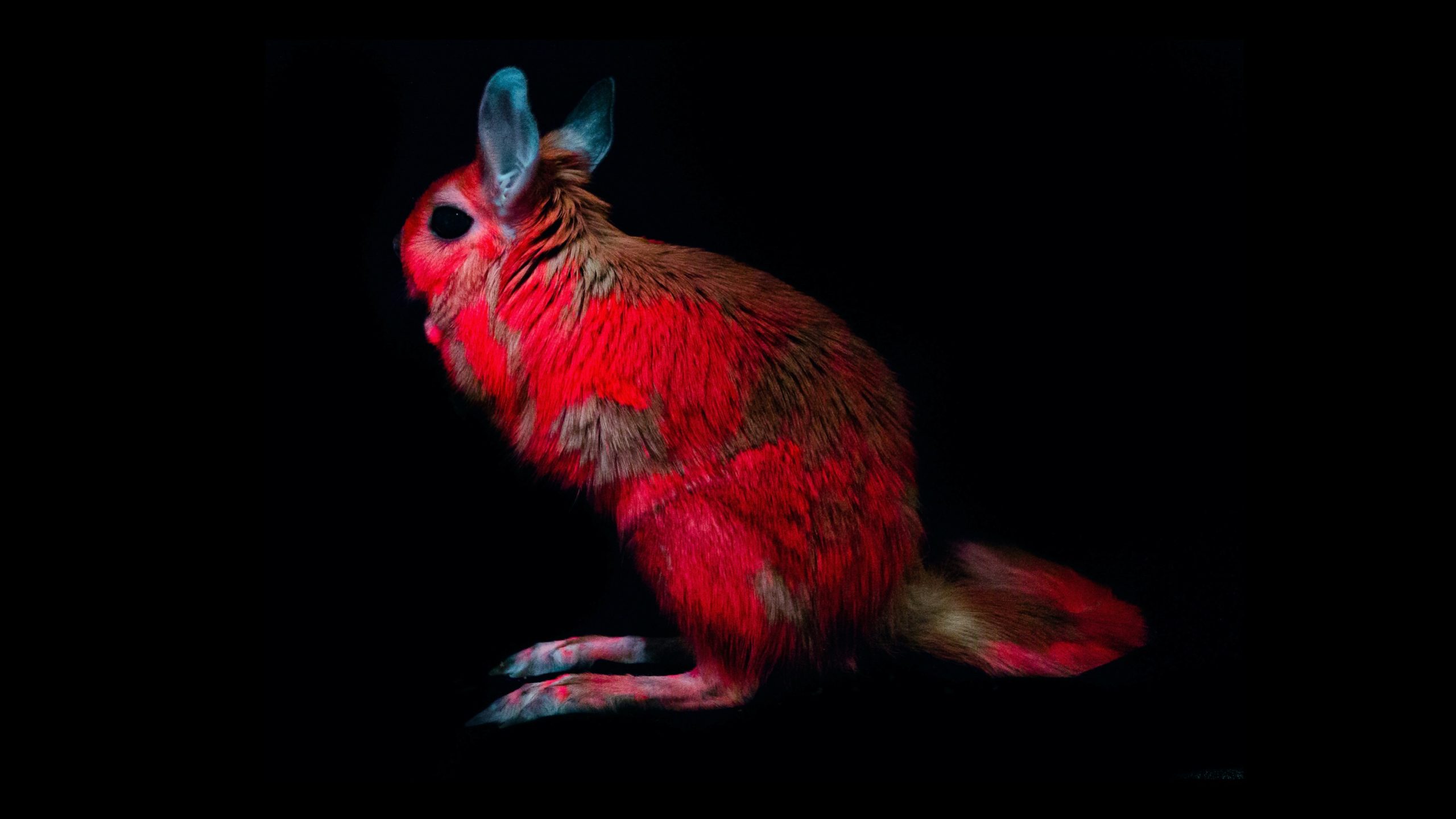
© J. Martin and E. Olson, Northland College; from Olson et al. 2021, Scientific Reports. Linda Reinhold was hiking through the Australian rainforest in search of mushrooms when she saw something small and glowing dash through the beam of her UV flashlight.
Another one skittered forward, pausing long enough for Reinhold to identify it as an antechinus, a mouse-like marsupial. Under normal light, its fur was a soft brown. But when she switched to her UV light, the antechinus glowed bright white, like a fuzzy glowstick.
She thought she was hallucinating, perhaps as an after effect of touching said mushrooms.
But Reinhold’s eyes weren’t deceiving her. The antechinus were glowing in the dark. And they’re not alone. Scientists are discovering dozens of mammals that glow under ultraviolet light, from flying squirrels to wombats to African springhares.
In this story, Justine Hausheer takes you though the new science behind mammal biofluoresence.
-
50 Fish, 50 States: Whitefish & the End of the World As We Know It
2nd Place | Fishing
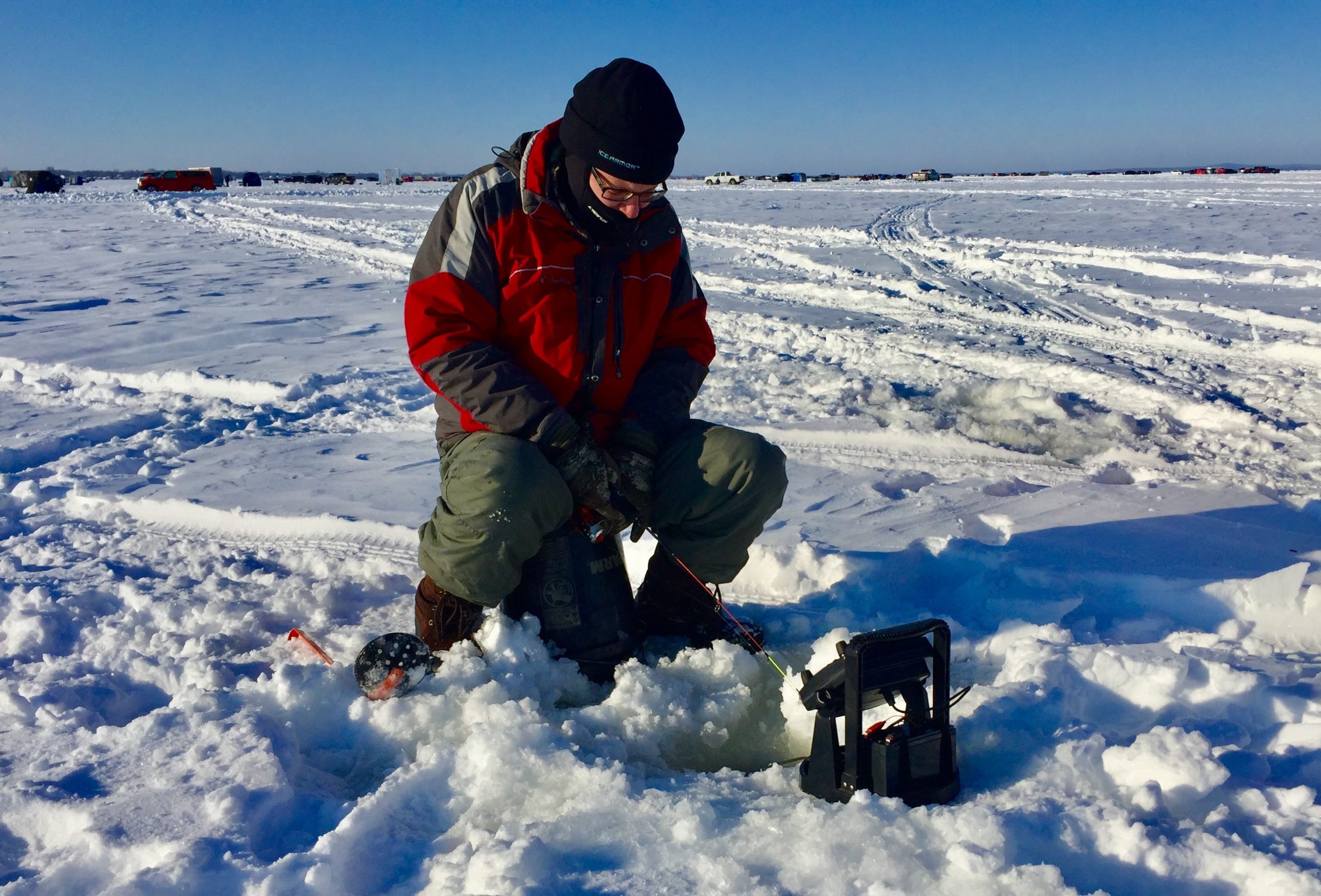
The author ice fishing. © Jacob Karst CGS writer Matt Miller is sitting in a shack on the ice on Sturgeon Bay, Wisconsin. After hours of staring at a hole in the ice, he’s finally caught a fish. His fishing companion, a stranger, comes over to admire it. They bumped into each other, share fishing stories, and their breath mingles in the confines of the ice shanty.
There was nothing particularly unusual about any of this, except that it was February 2020.
When he got home, Miller sat down to write what he thought was a straightforward story about lake whitefish in Sturgeon and Green Bays. But the world had changed completely.
If the pandemic has taught us anything, it’s that there is no magic moment when we flip the switch and go back to the way things were. And here Miller’s thoughts turn back to conservation in the Great Lakes, to whitefish, and to the impossibility of turning back clocks.
-
Why Do We Hate Trash Birds?
2nd Place | Outdoor Fun & Adventure
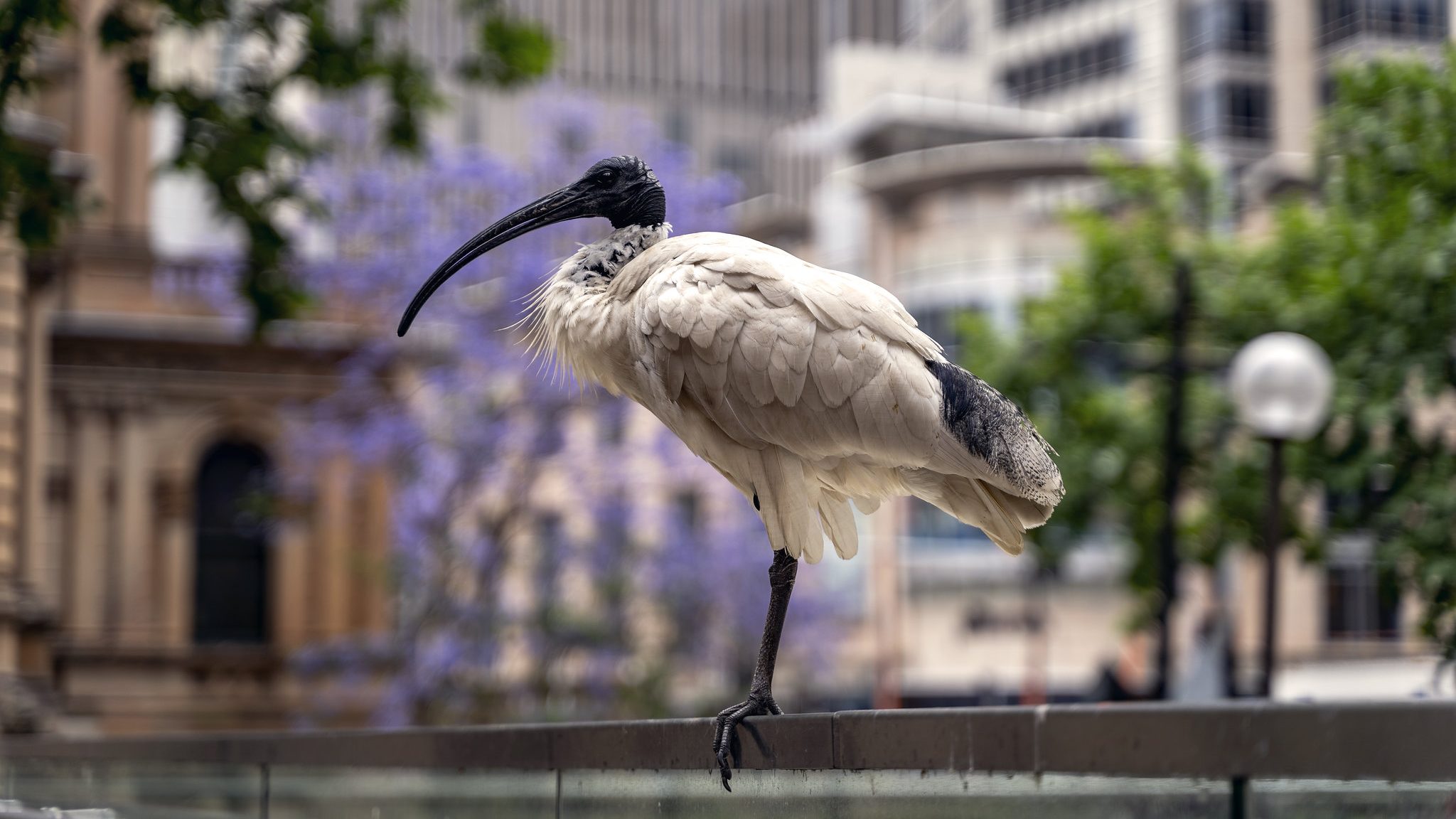
The Australian white ibis, or “bin chicken.” © Daniel Lee / Flickr Meet the Australian ibis. This large, bald-headed bird has taken on the ecological role of a pigeon, rifling through trash bins and skulking around city parks.
Australians absolutely despise ibis. As an American abroad, CGS writer Justine Hausheer doesn’t have the associated cultural baggage that dictates automatic blind hatred of this peculiar bird. Yet put her on a riverside footpath in New England, and she’ll glare at the gaggle of incessantly pooping geese and mutter “trash bird” under her breath.
Gulls. House sparrows. Starlings. Rock pigeons. Canada geese. Mallards. While what’s considered a trash bird varies by location, the sentiment is the same. This bird is worthless. In this essay, Hausheer explores why even the most ardent naturalists often dismiss some species as “trash.”
-
Bowerbirds: Meet the Bird World’s Kleptomaniac Love Architects
2nd Place | Humor
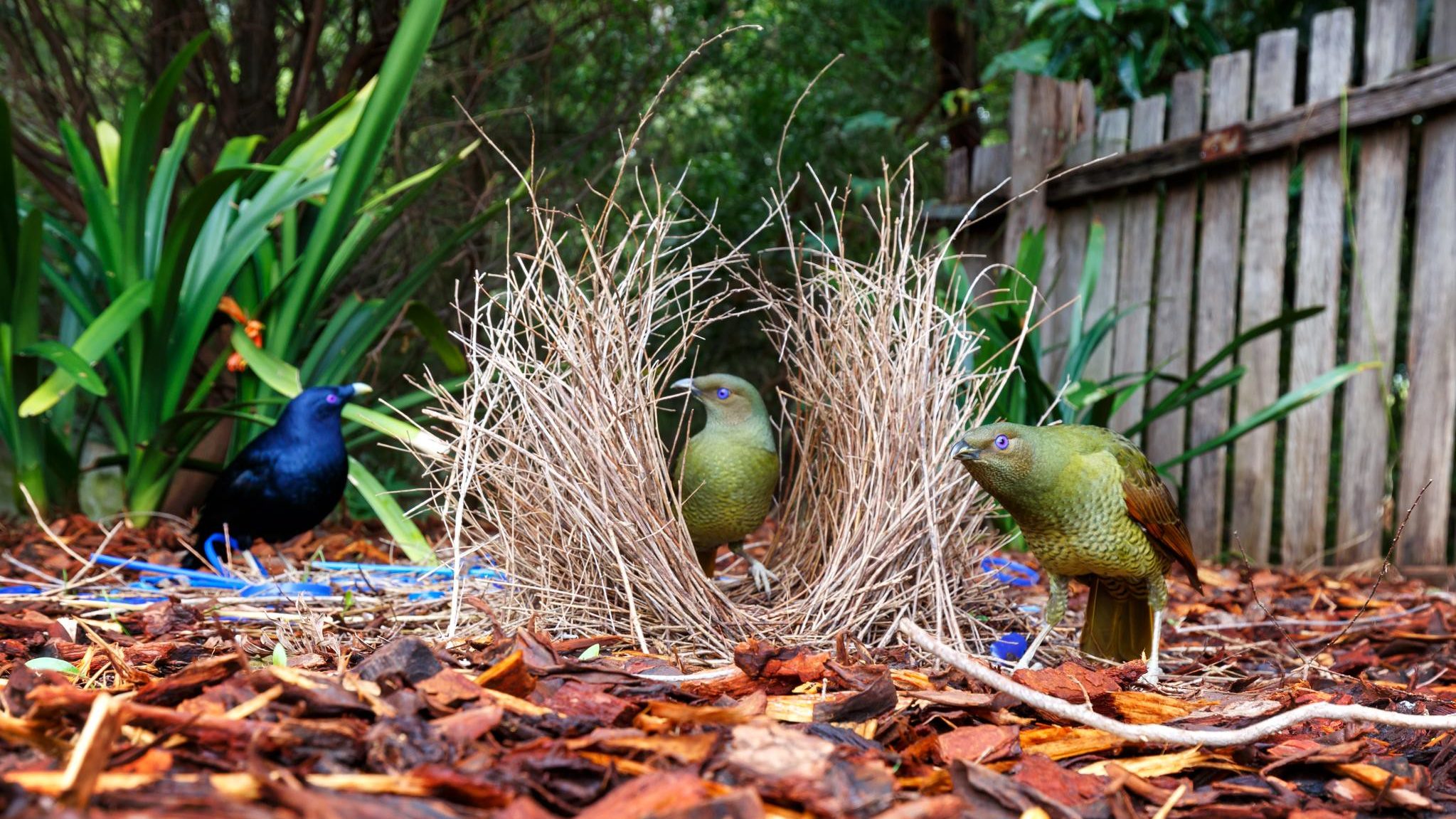
Two female satin bowerbirds inspect a bower. © doug / Flickr It looked like a tiny shrine on the forest floor: Bare ground clear of debris. Two walls of sticks, bending towards one another. Blue feathers and bottle caps arranged in a wide arc. And a small plastic doll, splayed in the center of the structure, eyes wide and mouth open in a plastic scream.
But this wasn’t the scene of some pagan ritual in miniature. CGS writer Justine Hausheer stumbled upon the bower of a satin bowerbird.
Found throughout Australia and New Guinea, bowerbirds are famous for the elaborate and sometimes whimsical structures that males build to court females. In this story, Hausheer explores the weird and wonderful word of bowerbird architecture, including the science behind their bower displays.
-
Squirrel Parkour? The Science Behind Squirrel Acrobatics
3rd Place | Conservation & Nature
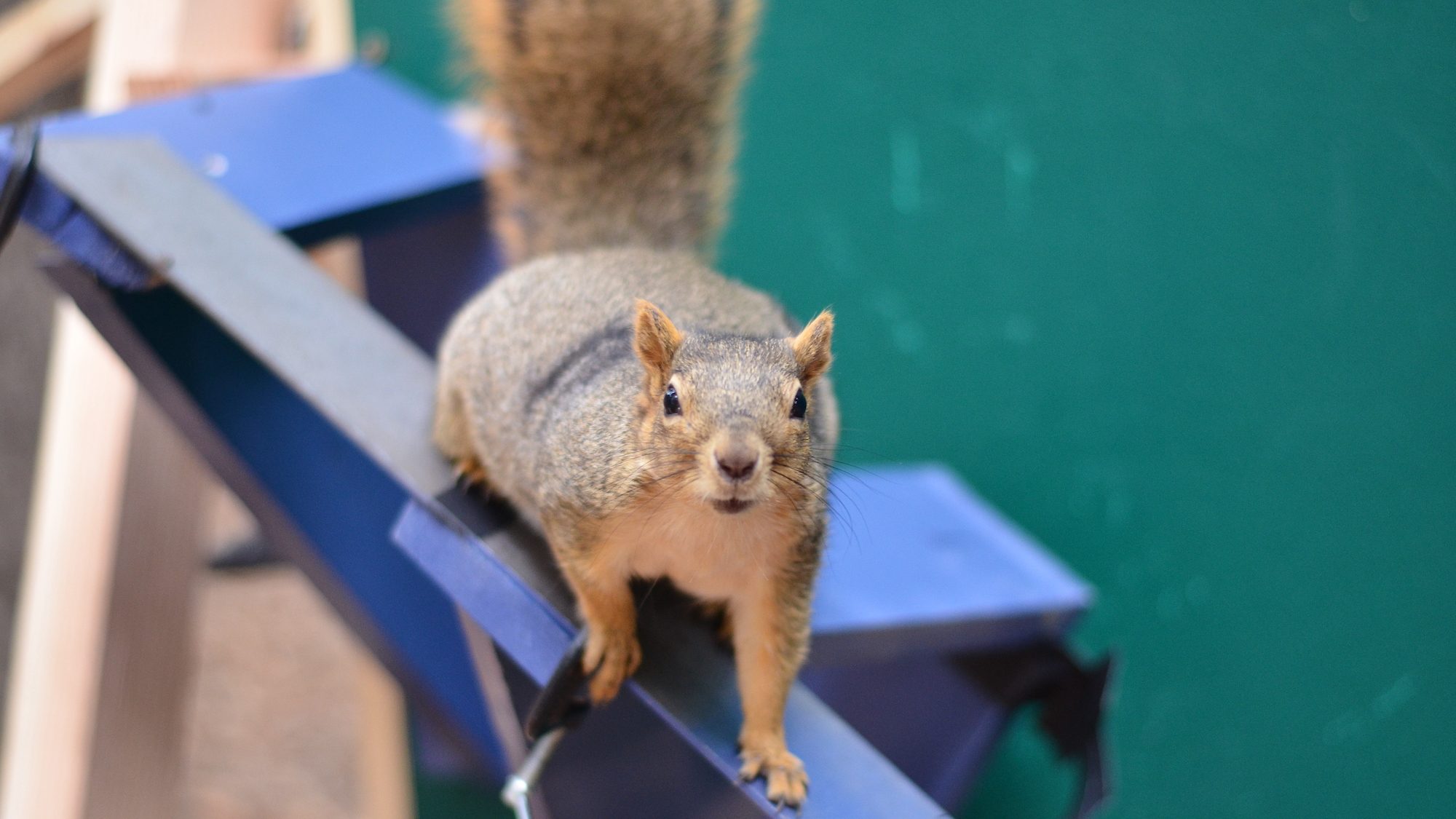
A fox squirrel on the experiment apparatus on the UC Berkeley campus. © Judy Jinn / UC Berkeley For squirrels, the ability to leap from one tree to another on branches that bend and flex is less about precision and much more about adaptability.
They’re not as worried, for example, about landing a jump on all four paws, and a lot more focused on sticking one or two body parts and assuming the rest will follow. Squirrels are also capable of changing course mid-jump and making split-second decisions about how far to leap depending on the strength of a branch.
At least, that’s what former University of California Berkeley researcher Nathaniel Hunt and a team found after years of studying fox squirrels near campus.
Christine Peterson explores the new science behind squirrel acrobatics and how it might lend some insight into a future of more agile robots.
-
50 Birds: Adventures in Backyard Birding
3rd Place | Outdoor Fun & Adventure
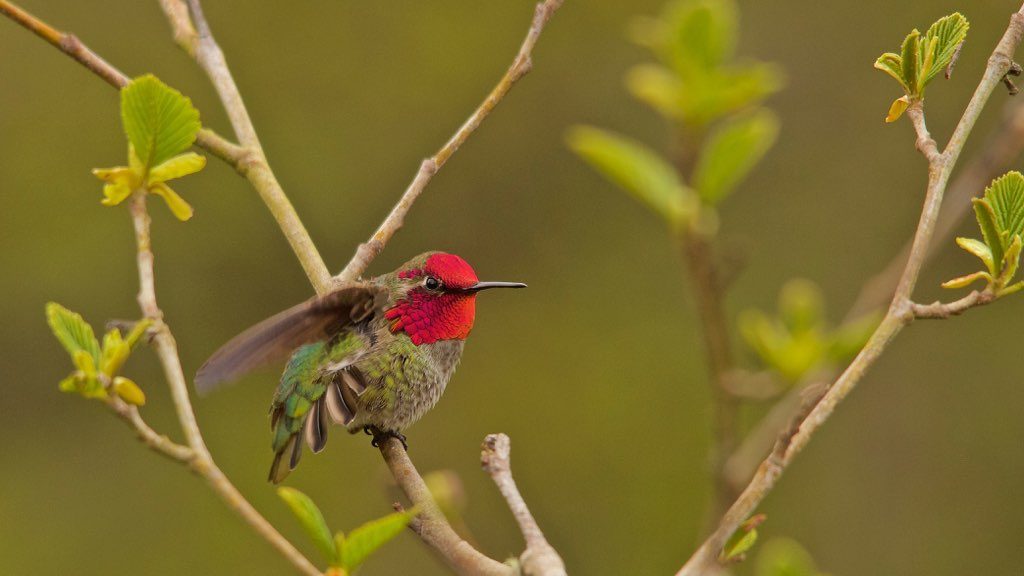
An Anna’s hummingbird. © Nicole Beaulac / Flickr Matt Miller glanced out the window on a cold, gray February day, and saw a little greenish form hovering by our shed. It flew in rapid flight, then hovered again. Unmistakable. A hummingbird.
Wait. Could it be? A hummingbird, in Idaho, in February?
In the ensuing weeks, he’d keep seeing the little bird, which he eventually identified as an Anna’s hummingbird. and this bird was species, because it was the 50th bird species for Miller’s backyard bird list that he started during the pandemic quarantine.
Wherever you live, there is interesting bird activity nearby. And there’s perhaps no better way to discover those birds than by keeping a yard list. In this story Miller explores the best way to keep a bird list for your yard, even if you hate keeping lists.
-
Is Birdseed the Next Toilet Paper?
3rd Place | Gear & Technical
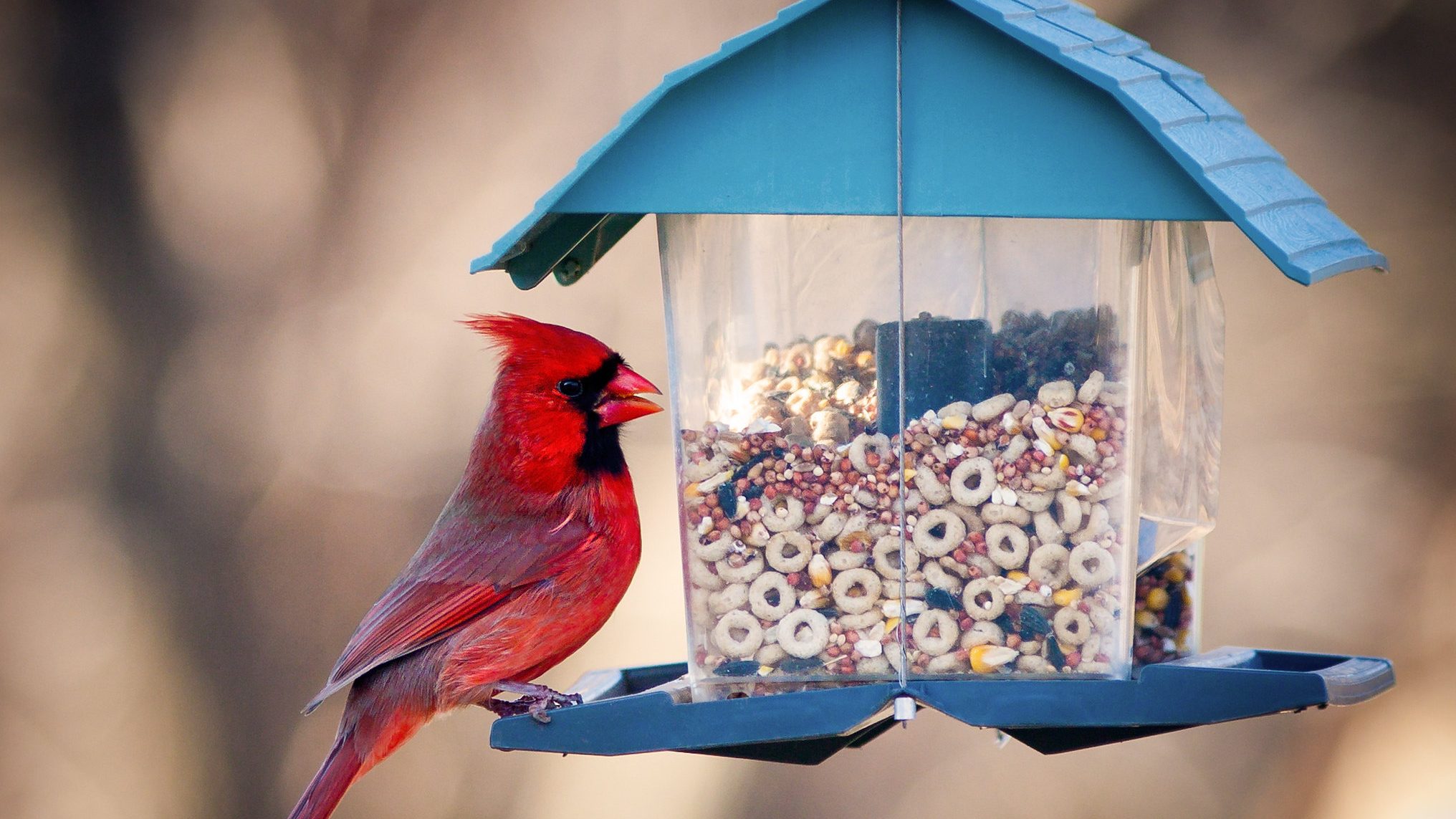
A male northern cardinal at a feeder. © George Thomas / Flickr Toilet paper was the unsuspecting hot commodity of 2020. But it’s not the only shortage we’ve experienced since the start of the pandemic.
Participation in outdoor recreation increased as the world went into lockdown, and this trajectory has continued beyond 2020. Thanks to an increase in demand, gear like bikes, boats, and backpacks were difficult to come by. Bird feeders were also flying off the shelves, leading to some angry birders in 2021.
Could birdseed be the next toilet paper?
Ken Keffer covers the birdseed shortages of 2021, diving into the supply chains behind your backyard feeder.
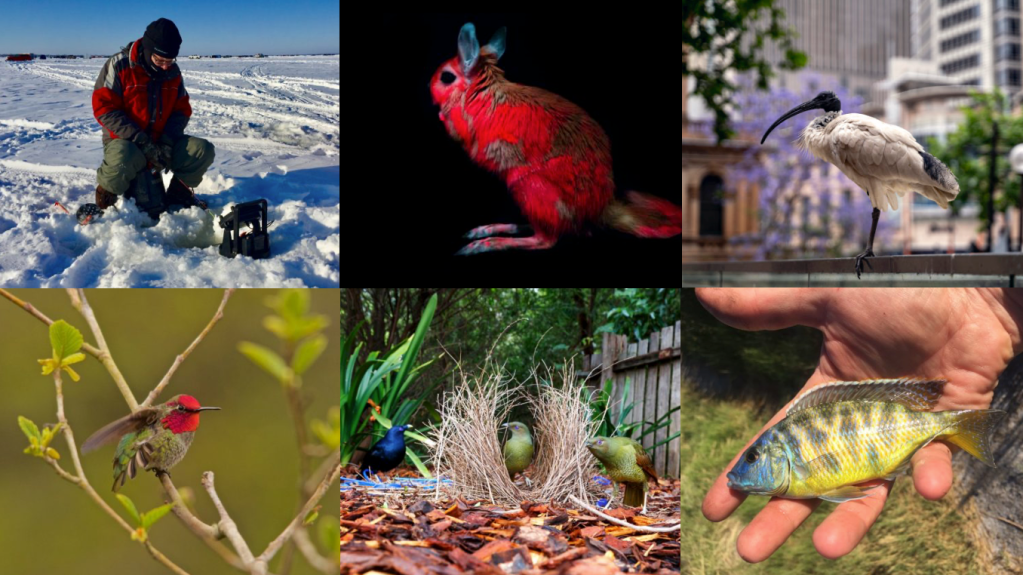



This contest provides children and youth a chance to show their love and affection for our shared natural world by writing an essay on the value of nature and submitting it for recognition and awards. This is available to high school and college students.